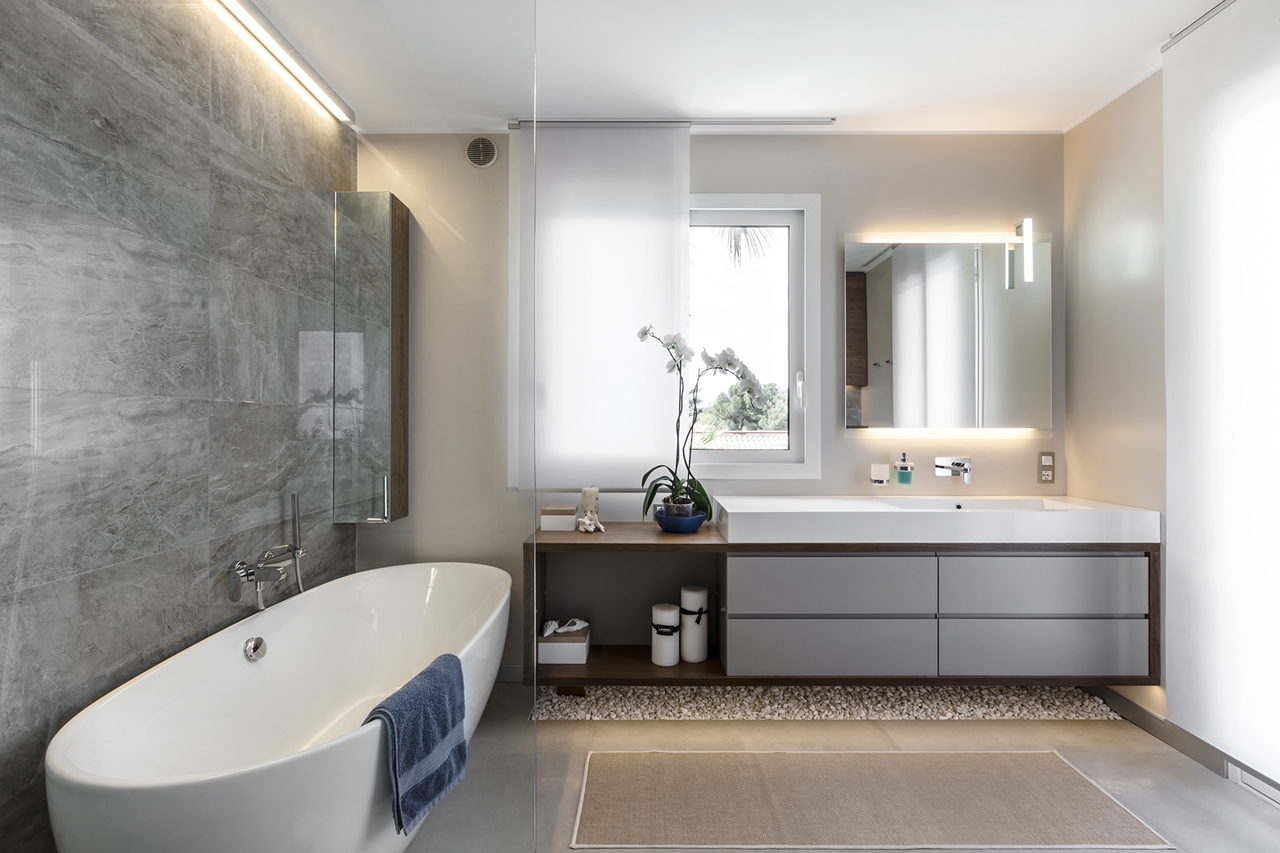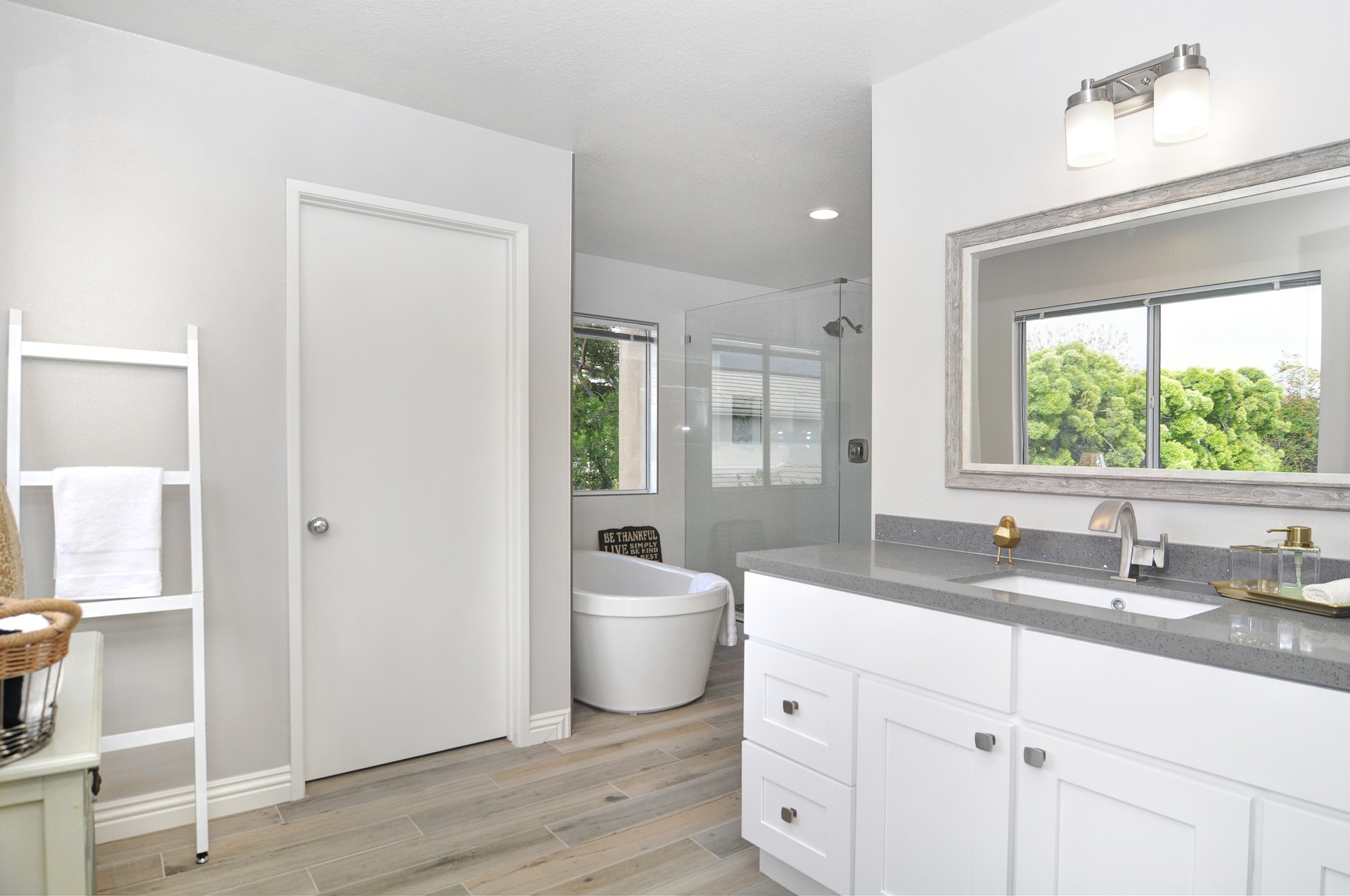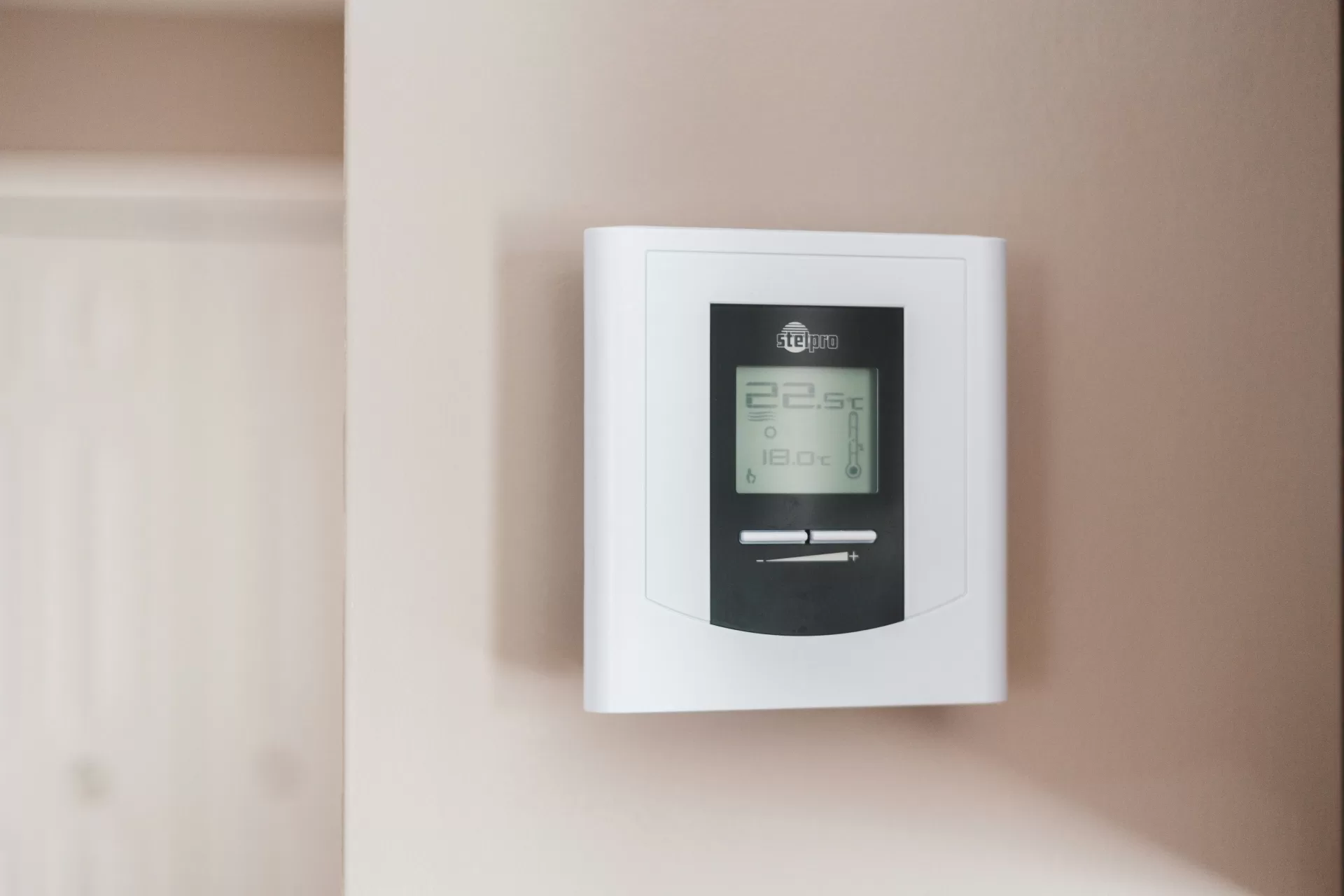Most modern prospective log-home buyers have minimal time for high-maintenance exterior siding, nor do they have the budget to have professionals perform extensive tasks. Instead, they look for materials that require little time and effort for care and upkeep when designing their house.
The favored choices are traditional timber and concrete logs, a relatively new construction approach. Please visit the AmazingArchitecture site to learn details on concrete as an option for your house and how long you can expect it to last.
Concreted-sided log homes boast minimal maintenance and offer a sturdy, stable, and durable build. On the other hand, there’s a stigma depicting timber logs as requiring consistent care and upkeep to maintain their integrity; however, these are not all created equal.
High-quality timber builds from reputable and qualified companies produce incredibly durable, strong structures capable of tolerating different weather elements and pests that otherwise would prove a threat.
So how does one decide which material most suits their needs and purposes and fits within a reasonable budget? Let’s look at the pros of concrete and timber to allow an educated and informed decision.
Is Concrete or Timber Right for Your Log-Sided Home
Log-sided homes are a favored house design for many prospective homebuyers; however, some are hesitant to move forward with a traditional timber build because of its reputation for requiring regular and costly care and upkeep to maintain a high performance and aesthetic appeal.
Quality timber-log companies, however, beg to differ on this stigma. With their expert techniques and advances in the industry, homeowners can spend time enjoying the property and less time caring for it.
Timber is one of two popular materials for building log houses. Concrete is a relatively new material used to mimic the traditional wood look – quite effectively.
New buyers are hard-pressed to tell the difference between timber and concrete on finished projects. Visit Can Concrete Log Siding Replace Wood Log Siding – to learn if concrete can replace timber for log-sided homes.
Concrete boasts low maintenance requirements and offers a sturdy, durable, and abuse-tolerant material. The smart designs, quality materials, and refined builder techniques make timber and concrete favorable choices for a new log home. How will you decide? Consider the distinct pros for each option.
Concrete requires minimal maintenance
Concrete log-sided homes are less demanding than virtually any other material, allowing time and cost savings for homeowners. It tolerates abuse from harsh weather conditions such as strong-forced winds, heavy rains, and extreme temperatures.
It’s resistant to pests and resists fire, whereas timber attracts certain pests and cannot tolerate fire. In fact, timber logs would be more likely to be destroyed by a fire. Concrete would remain standing since it’s non-combustible.
Concrete, however, is a porous material. One maintenance task meant to prevent cracks is sealing the surface to help protect the structure from moisture absorption. Go here for tips on concrete exterior maintenance.
Timber offers enhanced air quality
Timber siding is a natural material that’s suited to the environment; it provides better air quality compared to man-made sidings. It doesn’t release damaging toxins into the atmosphere and has the ability to reduce the home’s energy consumption since it acts as a natural insulator.
That means less stress for the heating and cooling systems, preserving the HVAC’s integrity and extending its lifespan. When these systems are efficient, homeowners can not only regulate a consistent and comfortable temperature but also save on utility costs.
Concrete is highly durable
While timber is aesthetically warm and inviting, offering a stunning appeal, the concrete material designed to look like timber logs is as beautiful. Concrete, however, is extraordinarily durable and strong, a high-quality, stable, and resilient choice.
Prospective homeowners have no fear of rotting, degrading, or warping, as can be true with wood when not adequately maintained. This involves sealing the wood routinely to maintain its integrity. Despite its durability, concrete also needs to be sealed as a preventive measure.
Timber siding is an eco-conscious choice
Timber boasts a sustainable solution to log home building; it’s a naturally renewable resource that can be readily replaced when sourced for a project. The material is carbon neutral; it absorbs CO2 and releases oxygen.
As an eco-conscious homebuyer, it’s vital to work with builders who follow that same mindset. This means the company sources and generates its materials using only environmentally-friendly methods.
Concrete is lightweight

You may perceive concrete as a heavy material, but in fact, the concrete logs are incredibly lightweight with no possibility of negatively impacting the structure.
Final Thought
Concrete and timber logs offer an aesthetically stunning presentation. That’s true because the concrete logs are designed to mimic timber, making it difficult to distinguish between the two. Any structure with either of these materials will stand out from all other siding choices.
While the advantages for each are distinct, the pros presented here can help a prospective homebuyer decide which better suits their lifestyle needs and specific purposes and meets their budget and time constraints.











